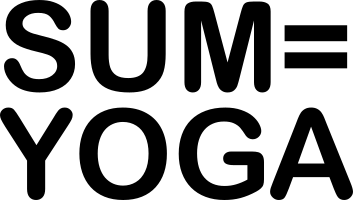Summer Workshop Series
Saturdays: July 29th – August 19th
Enroll in Workshops Introduction
Yoga is recognized as one of the six schools of Indian philosophy and embodies a rich and complex history. The fundamental principles spring from a study of Pantajali’s Yoga Sutras, which is non-trivial due to the challenges posed by both language and content; language, because Sanskrit is imbued with polysemous words, and content because the sutras are terse and cryptic to all but those with tacit knowledge, or a jnani. However, a beginner can understand the basic hierarchal framework of yoga by means of the eight limbs, or ashtanga.
The practice of yoga has been developed through the succession of generations across varied and diverse sets of culture. This means the collective intellectual property of yoga is enormous, and certainly beyond the comprehension of any one, single person. Therefore, it is a challenge to understand the concepts in yoga because meaning is often lost in translation; what may appear to be spiritual behavior in western culture, may not be construed as being spiritual in non-western cultures, and vice-versa. Or, quite simply, different cultures have different value systems. The other issue with yoga being appropriated into western culture is that there are no formal rules, which leaves the question of educational continuity to regulatory bodies (e.g. Indian Yoga Alliance, Yoga Alliance) that are fairly new, self-organizing, and construct policy through (a more-or-less) democratic means.
Another challenge to understanding yoga, is that there are many techniques and many pathways available. Techiniques are often applied in a variety of ways that are based-on the particulars promoted through a lineage or institution. Despite the myriad of perspectives, there is a commonality, and ultimately, a single system of yoga. In the most simplistic terms, it is represented through the eight limbs (asthanga) which signify degrees of self-realization, conscious awareness, etc. In general, the figures who have promoted yoga and developed techniques, have a common scientific mentality, structured discipline, and methodological rigor.
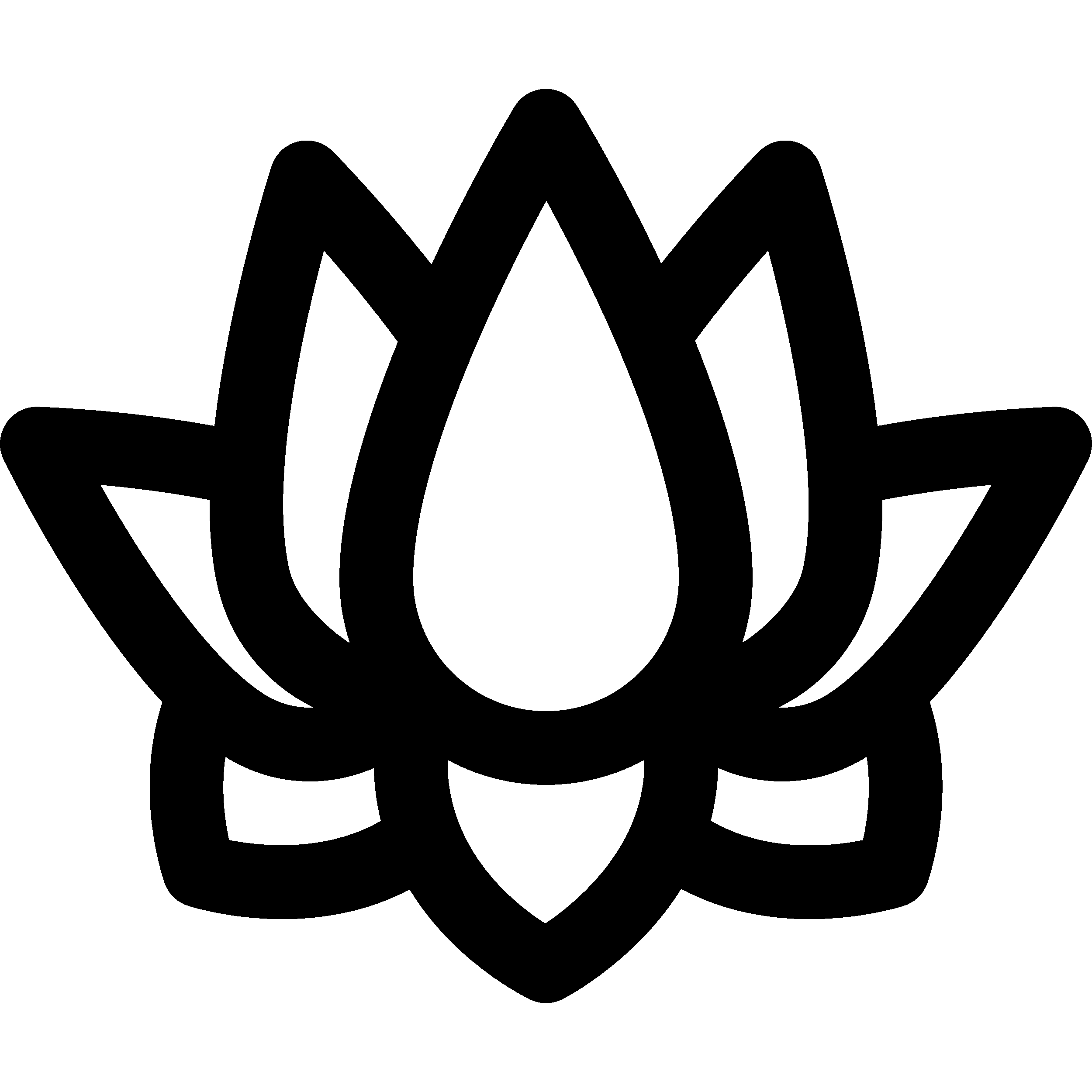
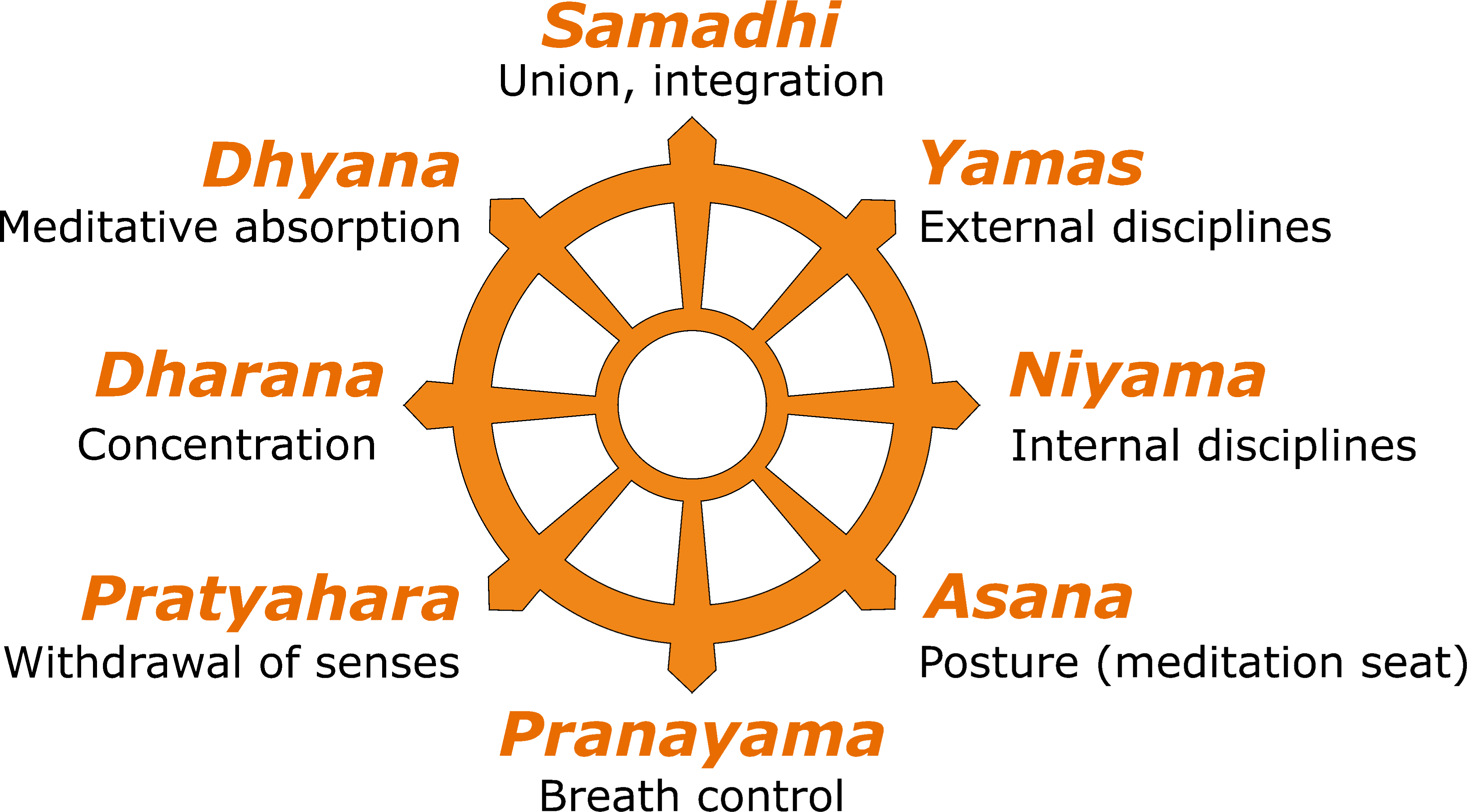
Latest News
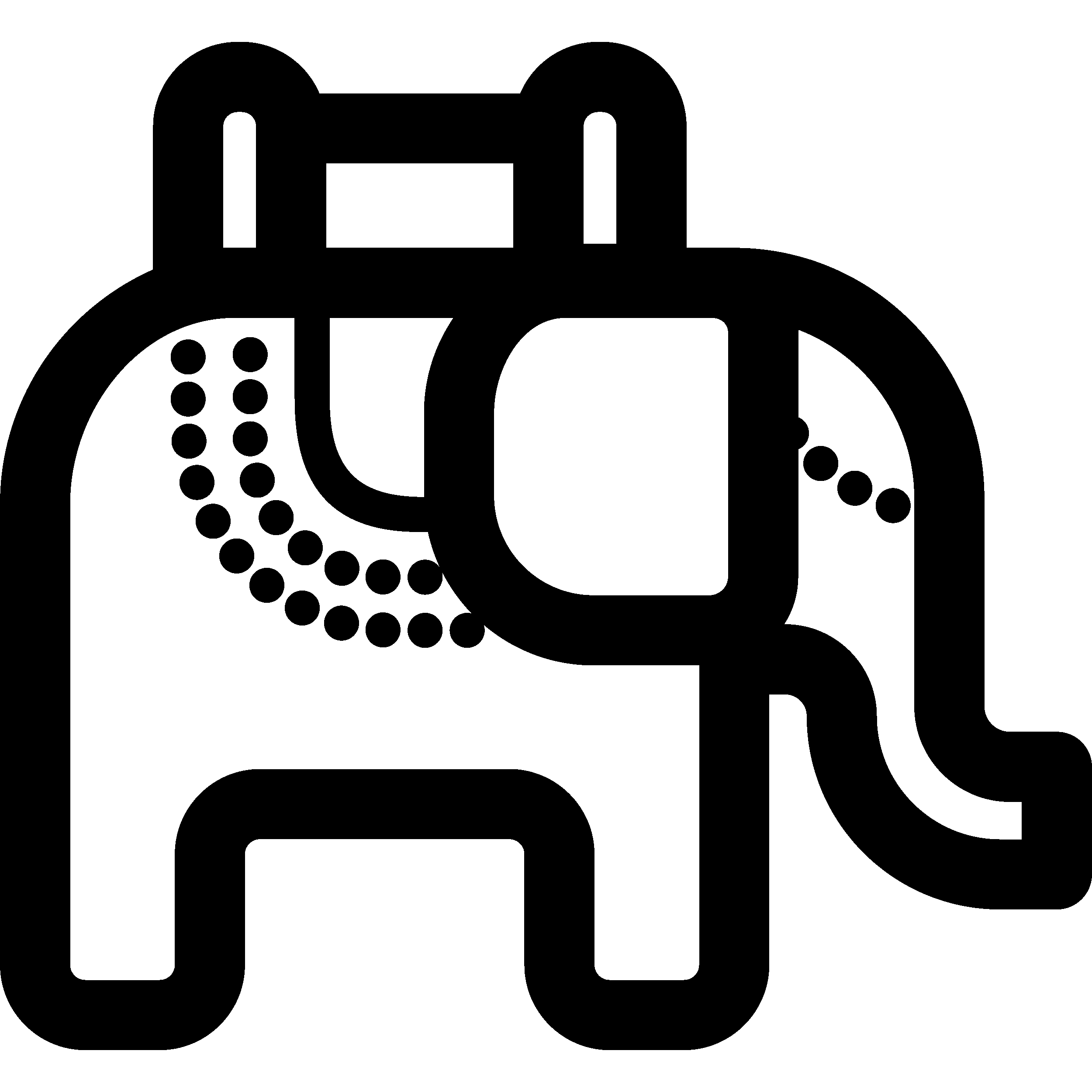
Summer Workshops
Summer Workshops Register Here There is a schedule change, the regular Friday morning class will NOT be meeting in August. Instead, I will be providing Saturday morning workshops… The workshops[…]
Read moreSummer Session – June, July & August
The summer schedule is taking shape for SUM.YOGA, nah? Classes include two outdoor venues in addition to studio sessions. Ashtanga Yoga RI : Friday 8 AM to 9:20 AM …[…]
Read moreSpring Sessions — April & May
For April and May, the Friday morning sessions at AYRI will continue. I would like to offer an earlier class time as the days grows longer. The door is open[…]
Read moreMission
The goal of Sum Yoga is to provide enthusiasts with a comprehensive understanding of yoga through a more holistic (traditional) perspective which includes the presentation of key concepts and corresponding actions in a progressive learning environment. The techniques include, postures, breathing, yoga hygiene, and various methods for developing concentration. Course offerings are provided by means of online and hybrid instruction.
The courses offered through sum yoga are just a tiny sliver of a complete system which includes self-care and a durable philosophy that can help through life’s most difficult challenges. There is a vast ocean of yoga practices and practitioners. However, what sum yoga offers is an instructive presentation of the basic principles and how they are applied in a manner which is synonymous to instructors (yoga sadhanas) from a few Indian institutions and lineages. As such, yoga is considered a science, an expression of culture, and a philosophy for growth, health, well-being, and inner peace.

About
Michael Dotolo is a Registered Yoga Teacher (RYT) with Yoga Alliance, which acknowledges the completion of a yoga teacher training with a Registered Yoga School (RYS). Course completion also includes membership to the Indian Yoga Association. The three month, 900 hour advanced teacher training course was completed as a resident at The Yoga Institute in Mumbai on February 2016. At the Yoga Institute, yoga is taught as a holistic system reflected by a lifestyle of mindfulness. The simplified hatha techniques developed by the ashram founder, Shri Yogendra, are the heart of the Yoga Institute’s learning experience.
Following the teacher training in Mumbai, Michael continued to study hatha while living and working in Delhi for several years. He was afforded the opportunity to learn from a teacher born into a multi-generational family of yoga practitioners. The course of these studies focused on developing techniques of pranayama and trataka. Travel was also planned around participation in various workshops for yoga and meditation in India and Nepal.
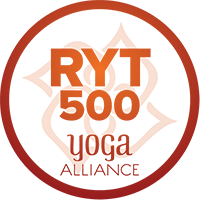

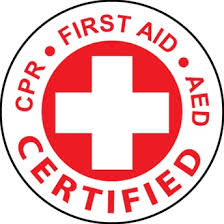
Contact
Contact info
Studio B – 27 Crestview Dr. Westerly, RI 02891
info@sum.yoga
Events in April 2024
| MonMonday | TueTuesday | WedWednesday | ThuThursday | FriFriday | SatSaturday | SunSunday |
|---|---|---|---|---|---|---|
April 1, 2024
|
April 2, 2024
|
April 3, 2024
|
April 4, 2024
|
April 5, 2024
|
April 6, 2024
|
April 7, 2024
|
April 8, 2024
|
April 9, 2024
|
April 10, 2024
|
April 11, 2024
|
April 12, 2024
|
April 13, 2024
|
April 14, 2024
|
April 15, 2024
|
April 16, 2024
|
April 17, 2024
|
April 18, 2024
|
April 19, 2024
|
April 20, 2024
|
April 21, 2024
|
April 22, 2024
|
April 23, 2024
|
April 24, 2024
|
April 25, 2024
|
April 26, 2024
|
April 27, 2024
|
April 28, 2024
|
April 29, 2024
|
April 30, 2024
|
May 1, 2024
|
May 2, 2024
|
May 3, 2024
|
May 4, 2024
|
May 5, 2024
|
